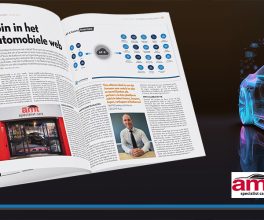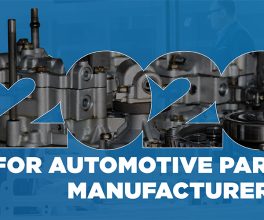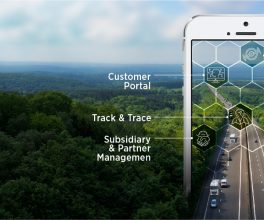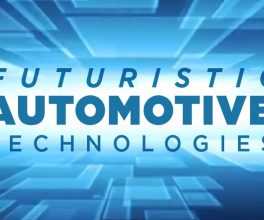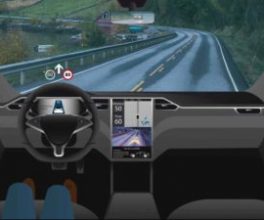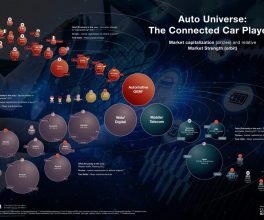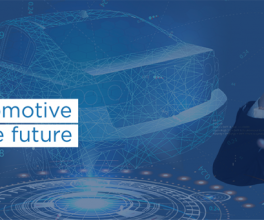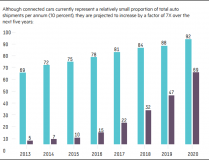Artificial intelligence is powering the trends that will disrupt the automotive industry and presents a $215 billion opportunity for OEMs, according to a new report from McKinsey & Company.
AI is a key technology in autonomous vehicles, connectivity, electrification and shared mobility – the four “disruptive and mutually reinforcing” trends creating buzz in the automotive industry, the consultants argue.
As new players are attracted to the industry and the lines between technology and the automotive business blur, the authors recommend OEMs be proactive and invest in the four areas.
While it is a significant investment, it can be offset by value captured throughout an AI-boosted value chain.
The AI effect will shift value pools and create new opportunities in the value chain, according to the report. It is where the vast majority of the $215 billion opportunity lies.
“The largest opportunities for OEMs are around levers that impact the cost of goods sold. The largest absolute cost-reduction effects are thus found in manufacturing (15 per cent improvement), procurement (4 per cent improvement), and supply chain management (16 per cent improvement),” the authors said.

The created value stems from AI-enabled applications which create value in two different ways — data-based insight generation and AI-based process automation.
Data-Based Insight Generation
Not all data is able to collected and analysed, but AI can help close the gap.
“AI enables the analysis of previously unavailable or indecipherable data in order to generate new insights. These new insights are then leveraged to make processes more cost or time efficient,” the authors said.
The example given is the ability of AI enable applications to perform predictive maintenance. An analysis of sounds, images and vibrations by machines can help predict and optimise equipment maintenance.
AI-Based Process Automation
According to the report, AI can enable the automation of previously manual tasks, in some instances reducing the need for manual labour. For example once costly and manual research and development tests like crash tests can now be virtualised and simulated.
The possibilities multiply as data-based generation AI applications produce unprecedented data, the authors said.
Getting The Ball Rolling
The value these applications can generate requires OEMs to take “immediate action” and implement a holistic approach to AI implementation.
The report outlined four “discrete strategic actions” OEMs can apply in the short term and being capturing AI value.
1. Collecting and synchronising data
It’s important to collect existing data in a strategic way with a view for AI and machine learning utilisation. That means recording uniquely identifying data, its relationships and system source. It should not be limited to OEM systems either, with the report recommending capturing customer, vehicle and process data from vehicles and third parties.
2. Setting up partner ecosystems
Building up a partner ecosystem helps minimise knowledge gaps and limits required investments to access value pools. The ecosystem “will likely consist of both general technology partners and specific partners for departments or particular applications,” the authors said.
Partners can be especially useful in implementing and operation of AI applications in the short term.
3. Establishing an AI Operating system
OEMs need to establish the “scaleable technical backbone” of their operations. This means defining the standardised IT stack and implementing it in AI applications.
“This encompasses all layers from infrastructure to platform and specific services and includes activities from standardising APIs to incorporating data from different systems,” according to the report.
4. Building up core AI capabilities and a designated AI team
Pilot programs can shed light on which AI resources and capabilities are more valuable. OEMs can then boost those investments, either with the development of core AI capabilities in-house or through strategic partnerships. However it will require support and communication from all departments.
According to the report, this four step approach can capture short term value and begin a longer term systematic process transformation. Fully developing AI processes in a holistic way can ensure the system viability and further value gains.
Author – Joseph Brookes
Courtesy of Which-50





